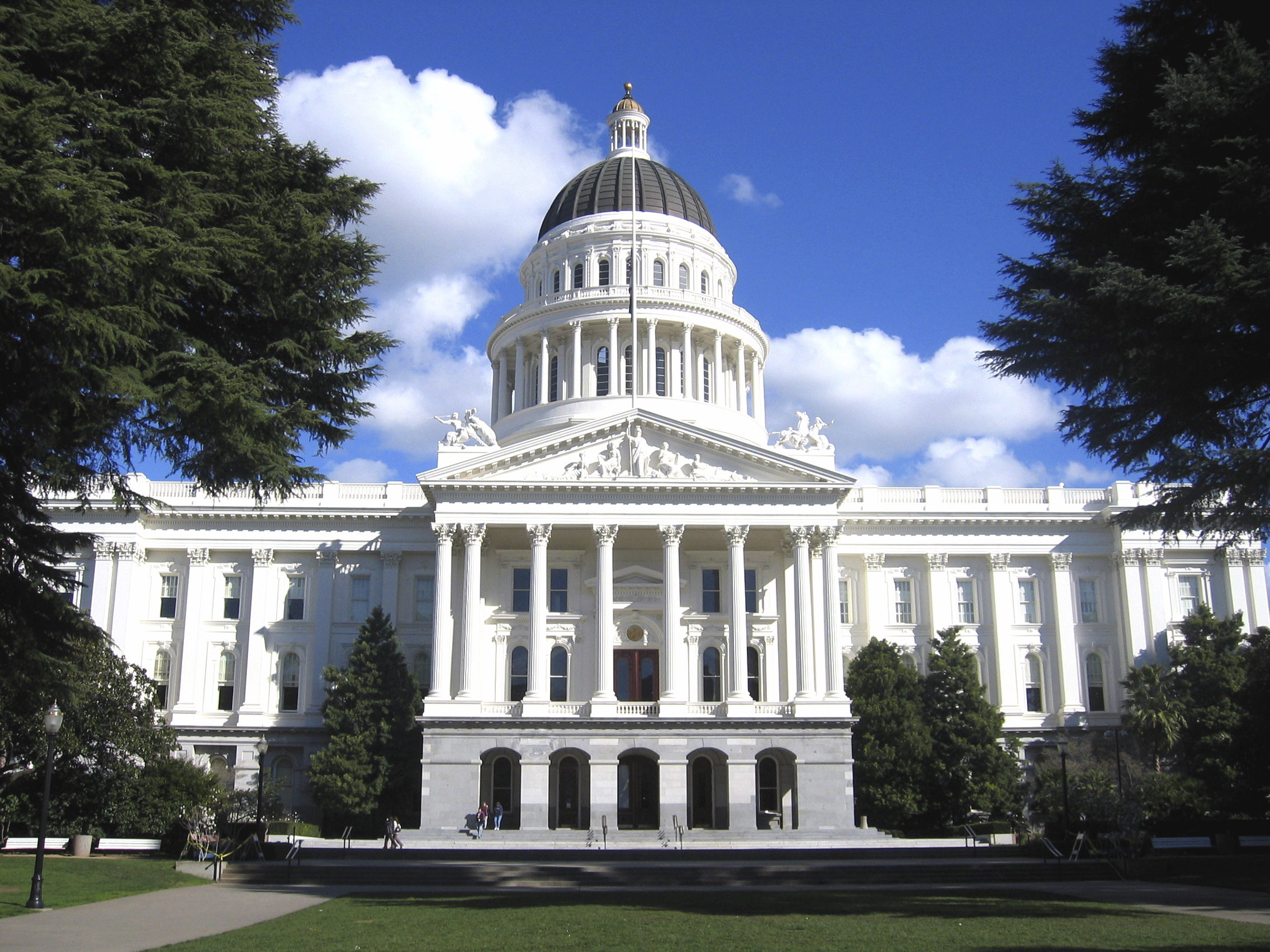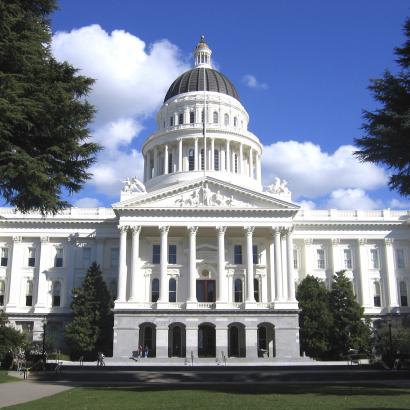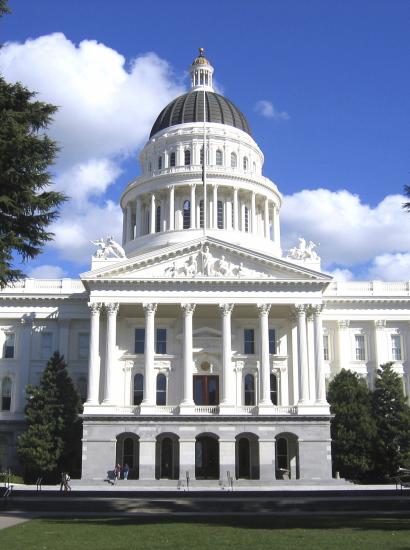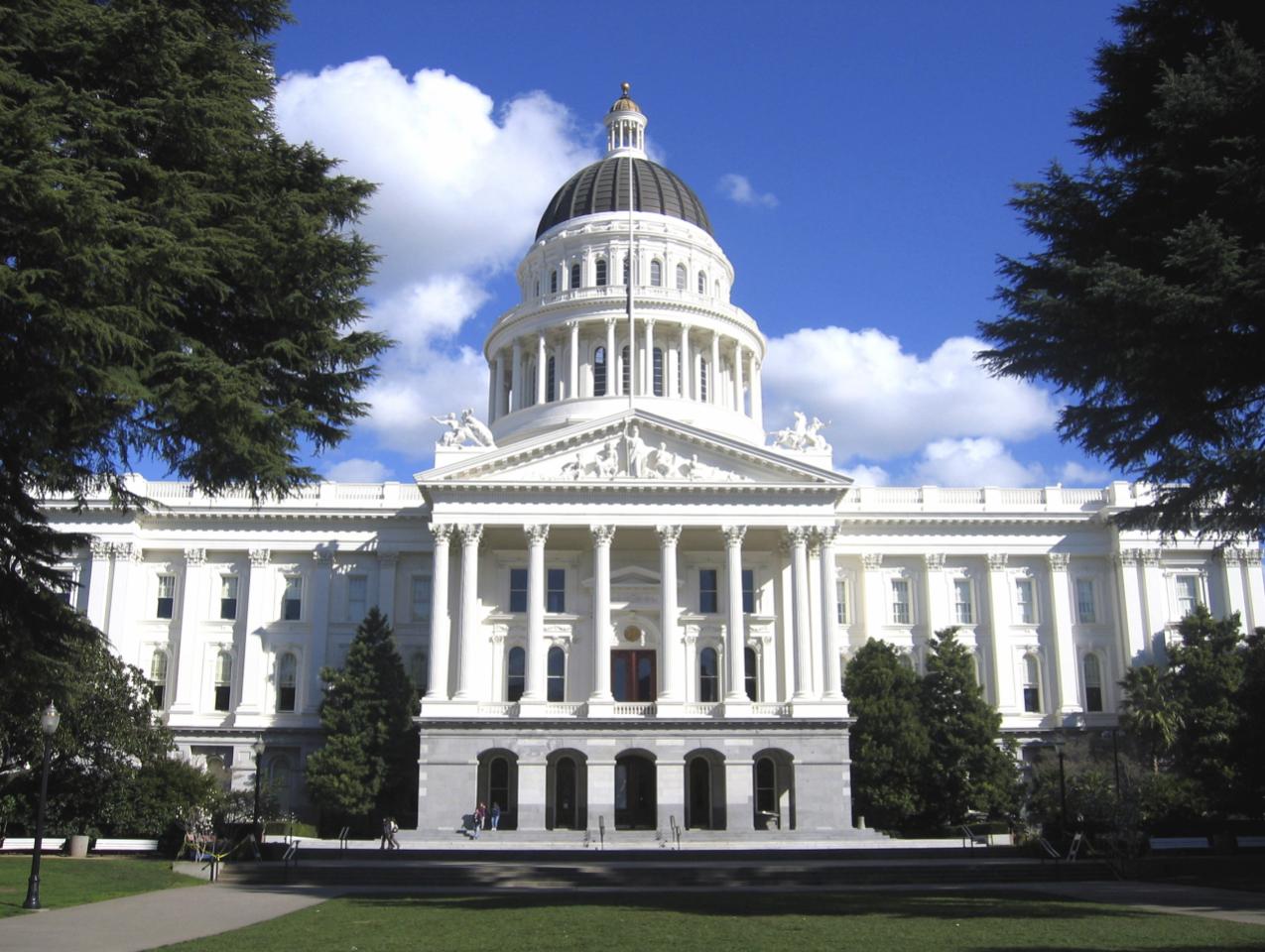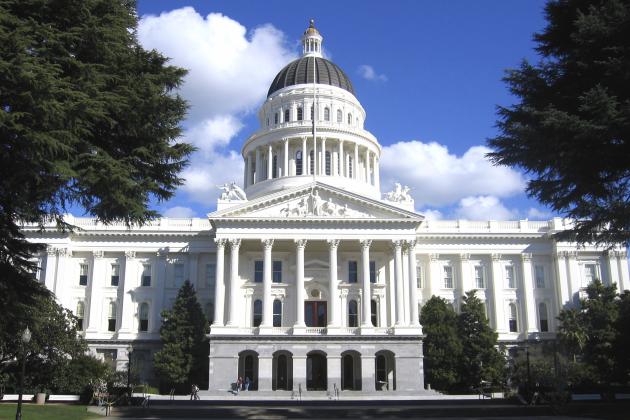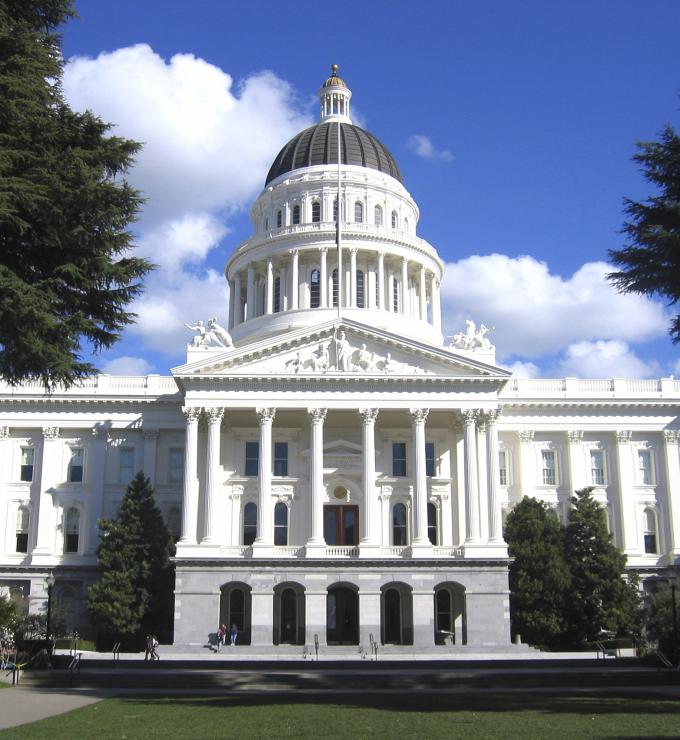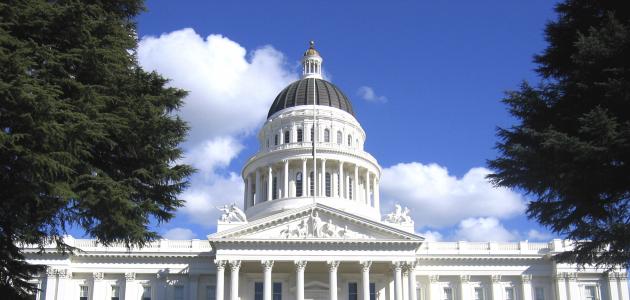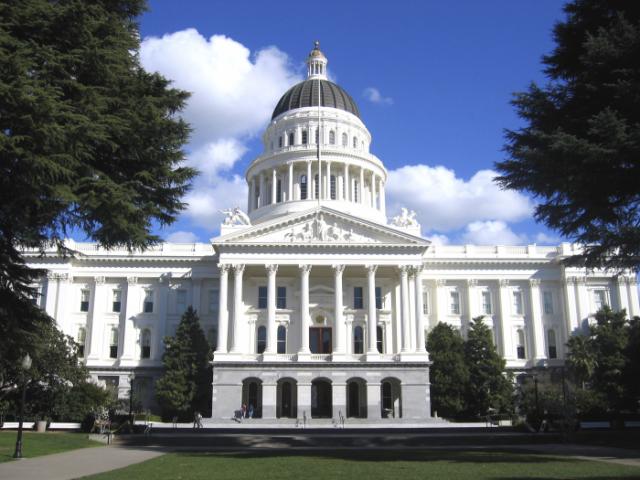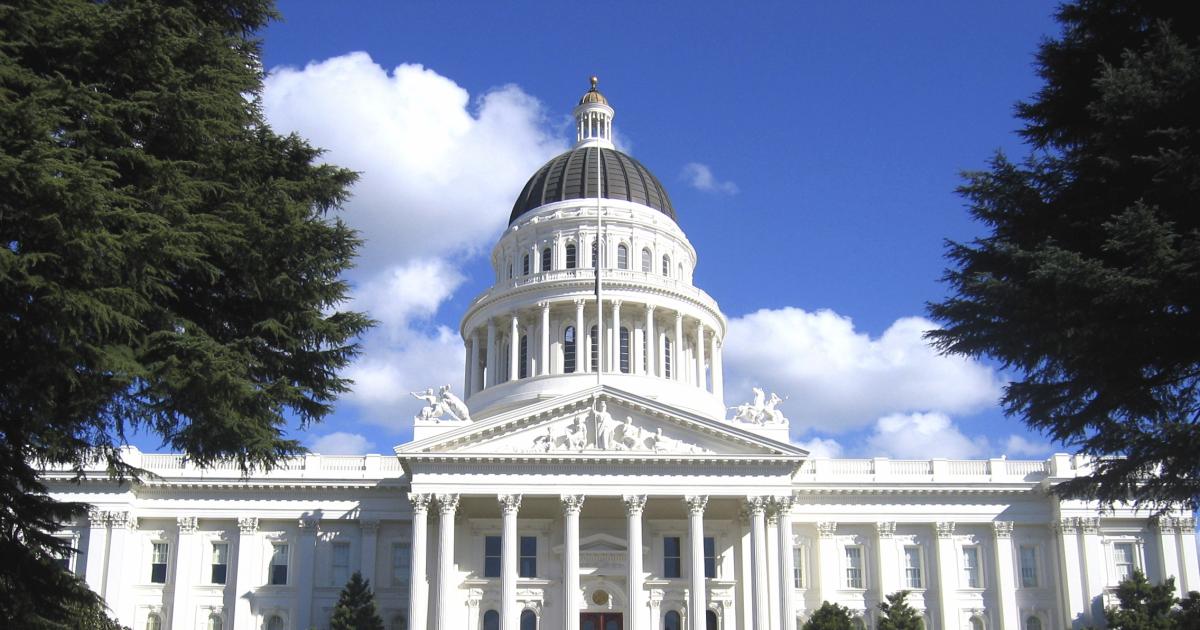- Politics, Institutions, and Public Opinion
- Campaigns & Elections
- Congress
- State & Local
- California
Now that the 2018 legislative session has begun and Governor Jerry Brown has delivered his last State of the State address, Capitol leaders are faced with a year of opportunities.
The question becomes: will they take those opportunities or miss them?
Three uncommon political circumstances make this year, in particular, a year opportunities can best be taken.
Democrats do not have a supermajority— for now. The majority party gained a two-thirds supermajority in the 2016 elections, but three Democratic members of the assembly recently resigned—two as a result of well-founded accusations of sexual harassment and misconduct and one for health reasons. An additional Democratic state senator has taken a “leave of absence” pending investigation of what also appears to be well-founded sexual harassment claims. As a result, neither the assembly nor the Senate has a voting supermajority— at least until elections fill these vacancies.
Legislative supermajorities do not make for good government. When one party has such overwhelming power that it never needs to consider the other’s views, extreme policies dominate the agenda, hyper-partisanship sets in, and Californian’s voices are lost in the process.
One needs look no further for illustration than Senate Bill 1 (SB 1) and subsequent legislation changing the recall election process, both of which passed in 2017 under Democratic supermajorities. SB 1 raised the car and gas tax by over $6 billion a year without a single substantive reform to improve how transportation dollars are spent. It also failed to include a comprehensive “lock box” in which all transportation fees and taxes must be secured to protect them from being raided for non-transportation spending.
But SB 1 did include a provision that ensures car taxes and fees will continue to increase automatically without voter approval or legislative input. After it passed, Sen. Josh Newman, a Democrat who voted for SB 1, immediately faced a recall effort in response to his vote. So, the supermajority kicked in and rammed “emergency” election law legislation through—only possible with a two-thirds supermajority vote— changing the rules for recall elections to protect Newman and create hurdles for those who sought to recall him.
Admittedly, even after losing the supermajority from resignations, legislative Democrats have healthy majorities in both houses to pass most bills via party-line votes. Yet not having the supermajority creates more opportunity for bipartisan compromise—sorely needed to effectively address the challenges facing the state.
One such issue most in need of bipartisanship is a deeply engrained cultural problem desperately in need of change: a culture in the Capitol that has allowed sexual harassment and misconduct to go unchecked.
Starting in the fall with the #MeToo movement and the release of the “We Said Enough” letter, truly courageous women working inside and around the Capitol have come public with their experiences of groping, harassment, grossly inappropriate behavior, threats, retaliation, and assaults by men in positions of power.
I signed the “We Said Enough” letter, based on my own personal experience. The stories shared, and the subsequent conversations, speak for themselves. Now the legislature must speak for those who have been victims, and make the changes needed in the Capitol community to prevent the perpetuation of behavior that has no place in public service or anywhere else. These changes must have zero taint of politics and partisanship, two elements that permeate the legislature.
There are signs of hope that legislators can put politics and partisan games aside. In the first two weeks of this session, members of both parties have introduced bipartisan legislation to provide much-needed whistleblower protections to legislative staff (AB 403), extend the statute of limitations for sexual harassment and misconduct claims (AB 1870), and hold lawmakers more accountable by preventing the use of taxpayer money to pay settlements of sexual harassment cases (AB 1750).
Legislators have begun to conduct joint, bicameral hearings to bring the problem of harassment out in the open and identify changes needing legislation. These are just small steps toward improving the Capitol culture, but we should welcome them and use this sense of bipartisanship as a road map for working together on other problems plaguing Californians.
Additionally, the state’s economy is relatively healthy. Gov. Brown’s 2018–2019 budget proposal assumes the state will have a $6.1 billion budget surplus by midyear. The legislature and Governor have an opportunity to decide what should be done with those “extra” dollars should they materialize. They can approach the surplus as a responsible family, small business, or individual would use an unanticipated inflow of funds: pay down debt, save for a rainy day, or consider one-time spending that has long-term benefits without recurring financial commitment.
However, the legislature’s practice of late, with the Governor’s help, has been to increase spending. Since the start of the current Brown administration, state spending has increased $45.6 billion—nearly three times the rate of inflation in California during that same time. Had California’s budget grown at the rate of inflation since Gov. Brown began his current term, the budget would be $100.7 billion for 2018–2019, not the $132 billion he proposed earlier this month.
It is time to break from the past, resist the insatiable appetite to spend anew, and get California’s financial house in order for the long term. Public employee pensions in California are underfunded to the tune of hundreds of billions of dollars. Paying down pension debt—better yet, restructuring our pension system—is an opportunity the legislature and the Governor should not miss.
Finally, California has a governor who is termed out. This is Jerry Brown’s last year in office. He has no re-election race looming over him and no political calculus to solve to secure future office. This presents Brown with an opportunity to tackle significant issues on which a governor facing re-election would not want to spend political capital or risk alienating powerful supporters.
The significance of Gov. Brown’s final year cannot be overstated. Gov. Brown enjoys favorable approval ratings, a large financial war chest to campaign for or against policy initiatives of his choosing, and influence over the Legislature that no California governor in recent memory has had. Unless he engages in discussions about the most controversial issues, bills to address them won’t happen either. And when he does engage on a bill and sets his mind to making it become law, it will pass. He has the influence, popularity, and political freedom to tackle issues Californians need addressed.
Gov. Brown could and should spend some of this political capital and influence on education accountability like reforms of the tenure systems, professional development, and seniority rules.
But will that occur?
Even the most modest efforts at accountability reforms, such as assembly member Shirley Weber’s AB 1220 (extending the time in which a teacher is up for tenure from two years to three) have died in the legislature under the weight of opposition from teachers’ unions, yet the status quo in education is not working for our kids. California’s fourth graders rank 46th in math and 48th in reading, while eighth graders rank 40th in math and 43rd in reading. The Local Control Funding Formula Gov. Brown pushed earlier in his current term leaves schools across the state slashing budgets and considering layoffs. Education remains one of the single most important issues to Californians. Brown has an opportunity to push back against the status quo that hampers our children and work with the legislature to make lasting changes to our K–12 system.
At the national level, 2018 is known as a midterm election year, with all the politics that come with it. But here in Sacramento, 2018 can be a year of opportunities to put the state’s financial house more in order, tackle issues only a termed-out and influential governor can tackle, and improve the partisanship and conduct in the Capitol.
These are opportunities to help restore trust in our legislative process among California voters.
These are opportunities too important to be missed.

For Women, Strength in Numbers in Sacramento?
The day after the Golden Globe Awards and celebrities clad in black to acknowledge workplace sexual harassment, California female lawmakers wore black to their State Senate and Assembly floor sessions. The year 2018 may turn out to be a “year of the woman” in terms of rebalancing the scales of justice. But what about women who want to attain office? Only one woman—former superintendent of public instruction Delaine Eastin—is running for governor; she barely registers in statewide polls. At present, seventeen assembly members and nine senators make up the California Legislative Women’s Caucus. Nationally, women hold nearly one-fourth of all state legislative seats. That’s in line with national numbers. According to Rutgers University’s Center for American Women in Politics, 74 of 312 statewide executive offices nationwide are held by women. In California it’s only one in seven. The year 2018 marks the centennial of four women breaking the State Legislature’s glass ceiling. What else will there be for California women to celebrate in November?







